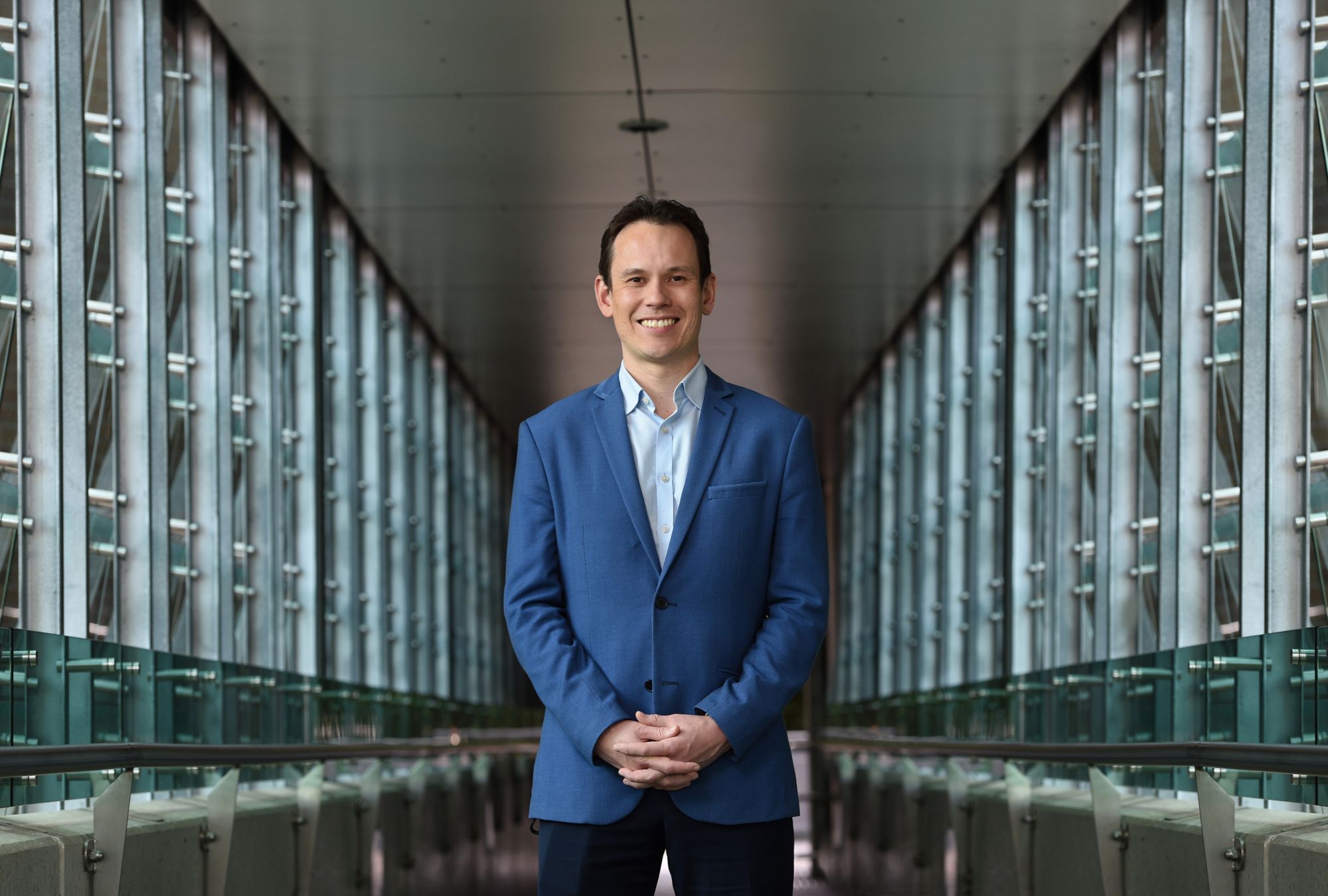High Definition (HD) map creation could be Australia's chance to lead a core aspect of the autonomous vehicle technology space, and government-industry collaboration can make it happen according to a QUT robotics expert.
Professor Michael Milford, acting director of the QUT Centre for Robotics, has conducted research projects into mapping for autonomous cars and using artificial intelligence to see how autonomous cars could handle Australian roads.

"Map updating is a major challenge to autonomous vehicle adoption everywhere including Australia, but it's not yet a mature field globally so there's opportunity for us to catch up quickly," Professor Milford said.
"Current out-of-the-box European mapping solutions don't recognise unique Australian signs or infrastructure and require customisation.
"Widespread autonomous vehicles use is some time away, but the primary aim now is to make sure the digital, physical and regulatory infrastructure is ready to go.
"We need to plan and design technology that is fit for purpose from the very beginning, not shoehorn it in at the very end when we realise the tech doesn't do what it's meant to do."
Collaboration between map creators, localisation services that let vehicles know where they are on a map, and governments for infrastructure updates and privacy regulation would be the ideal solution according to Professor Milford.
"Current maps do not have all the information necessary to be full HD maps, or links to information about infrastructure changes.
"Unless a car knows explicitly about environmental changes like road works, for example, positioning systems will find it hard to work well.
"Government notifications around these events is potentially going to be very important. It must also have meaningful involvement or oversight because of the significant data and privacy implications of these maps."
Professor Milford said while positioning was a core part of the technology offering from autonomous vehicle companies, it may also need improving to provide accurate services in Australia.
"Current positioning systems work well most of the time, but there are failure points like heavy rain and tunnels where the technology is arguably not yet reliable enough," Professor Milford said.
"There'd be nothing worse than a car thinking it's in one location, but actually being in another and erroneously referencing the wrong section of the HD map as a result of that positioning error."
QUT, which specialises in robotic and autonomous vehicle positioning research, is working with government and industry on the future of HD maps, investigating the ideal models for government-industry collaboration.
"If we started a staged approach toward this collaborative model now, within two years we would have a working prototype for how information from private map providers, the government, and possibly from vehicles on the road, could be shared between all of those key stakeholders to ensure maps are as accurate and up to date as possible," Professor Milford said.
Professor Milford is a plenary speaker on 'Mapping the future of autonomous vehicles' at the Intelligent Transport Systems Australia (ITS Australia) ITS Asia Pacific Forum 2021, 12-15 April.
QUT is a major Australian centre for fundamental research and translation in robotics, autonomous vehicles and AI. It leads the ARC Training Centre for Collaborative Robotics in Advanced Manufacturing announced in 2020 and is partnered with UAP to develop the Advanced Robotics Manufacturing Centre (ARM Hub), located at Northgate, Brisbane.






